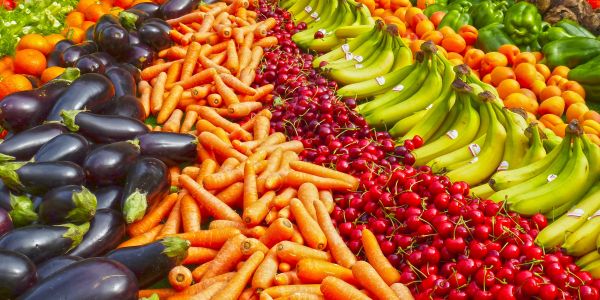With such a wide variety to choose from, incorporating fruits and vegetables into your diet has never been easier. However, not every option is as healthy as it seems. Whether you’re buying fresh fruit from a farmers market or preserved vegetables from a corner store, it’s important to understand the nutritional differences of your choice.
Fresh
Fresh fruits and vegetables are unprocessed, unaltered produce. Depending on their point of origin, they may have traveled days or even weeks before appearing on shelves. For long distances, fruits and vegetables are picked before they fully ripen, giving them time to mature during transit. Unfortunately, the final product may still have less nutritional value as the vitamins and minerals are unable to fully develop.
Frozen
Freezing fruits and vegetables has its fair share of pros and cons. It allows foods to remain on the vine longer and be picked at peak ripeness. However, during processing, some fruits and vegetables are put through blanching (boiled in hot water), possibly washing out vitamins and affecting their taste.
Canned
Like frozen fruits and vegetables, canned versions go through a similar blanching process before distribution. But there’s an added step that requires the product to be stored in a type of syrup. It usually consists of sugar, salt or other additives that work to preserve taste and texture. Be warned: The can itself is a potential threat. Some are lined with Bisphenol-A (BPA), a plastic chemical that can leak into the food.
Dried
Many dried fruits are covered with sugar to help the preservation process and improve sweetness. Those without added sugar remain calorie-dense because although they’re smaller in size the content is the same. Be mindful of portion sizes as the lighter volume may cause you to eat more in a sitting. Dried vegetables also maintain more vitamins and minerals than canned or frozen versions. Yet, the exposure to heat and air can destroy vitamins A and C.
Our registered dietitian, Grace Derocha, wants to remind people that this information should not be a deterrent from eating any form of fruits and vegetables. It is always better to have colorful produce in your diet. The goal is at least five servings a day of fruits and vegetables.
One serving would be about 1 cup raw or ½ cup cooked of fruits and veggies. They have vitamins, minerals, water, and fiber. Not to mention, antioxidants and phytochemicals too, which cannot be purchased as a supplement. So, if you have options to enjoy optimal forms of produce, this gives you information on what to look for and what to avoid.
Found this post helpful? Check out these blogs:
- Fresh Produce vs. Canned and Frozen
- The Seven Commandments of Clean Eating
- Low-Cost Healthy Essentials to Stock Your Kitchen








